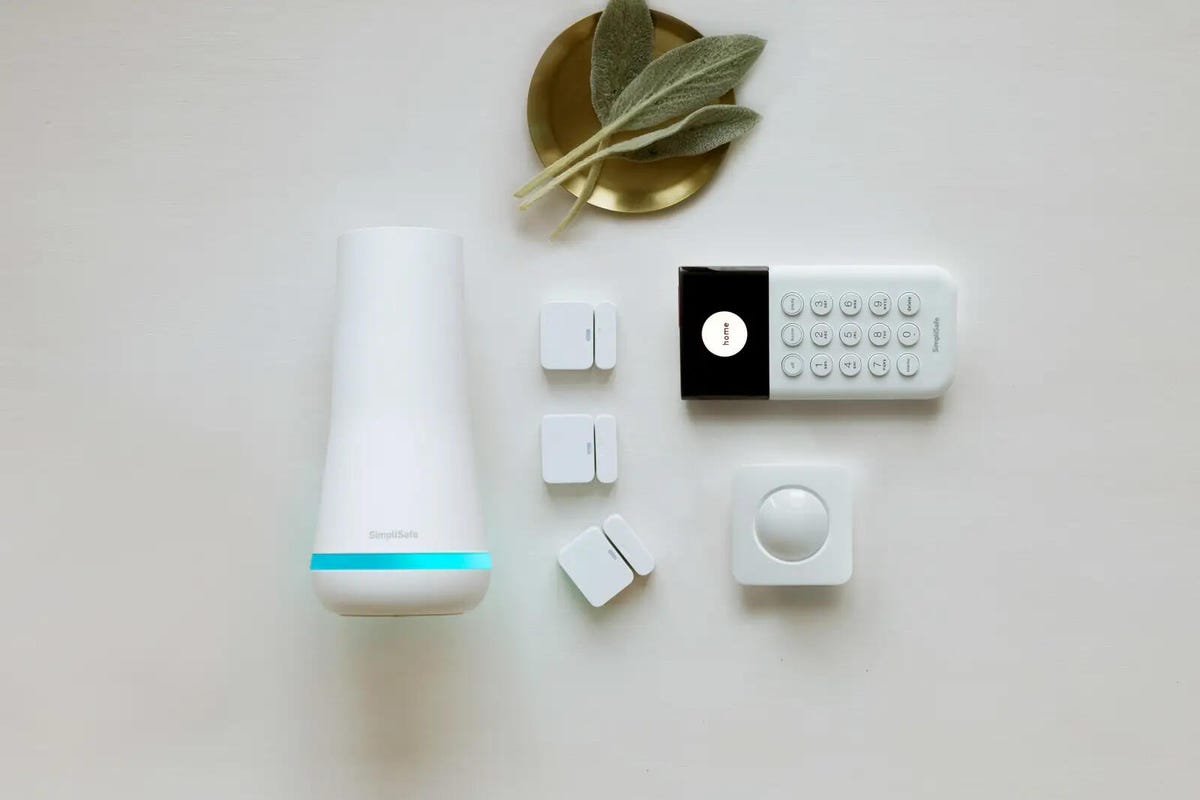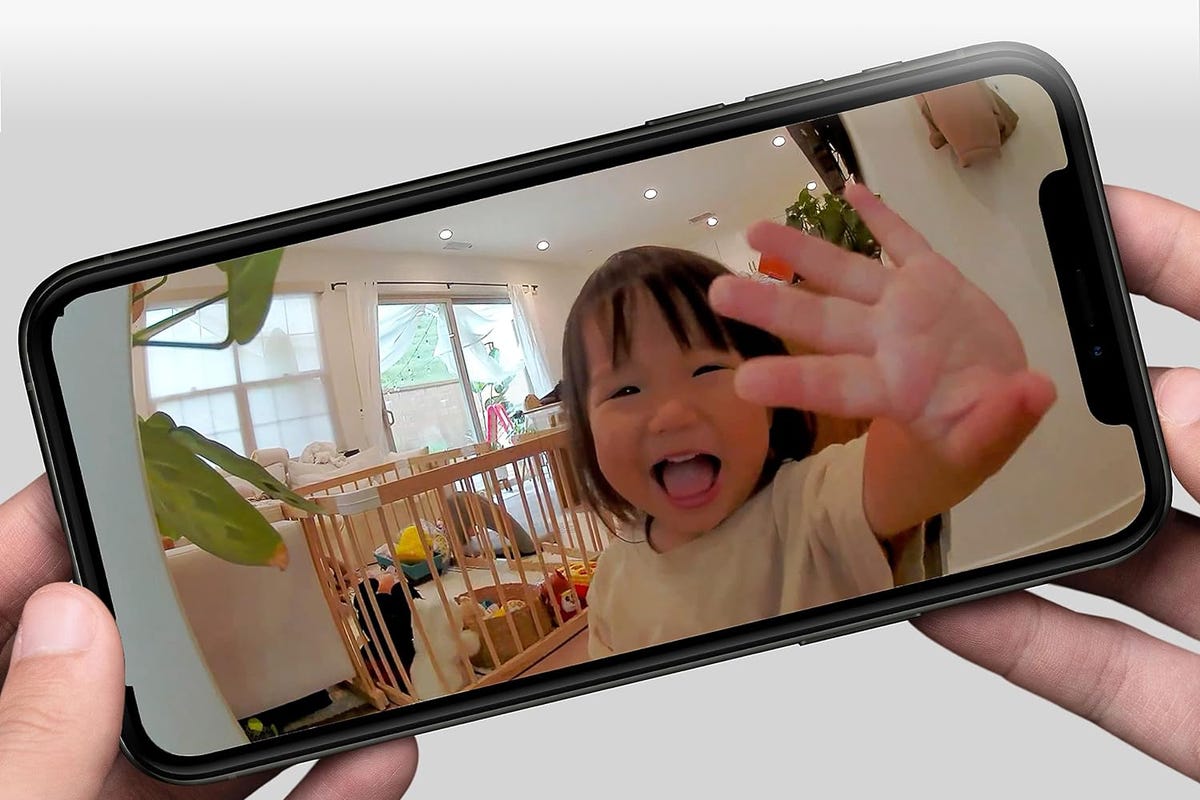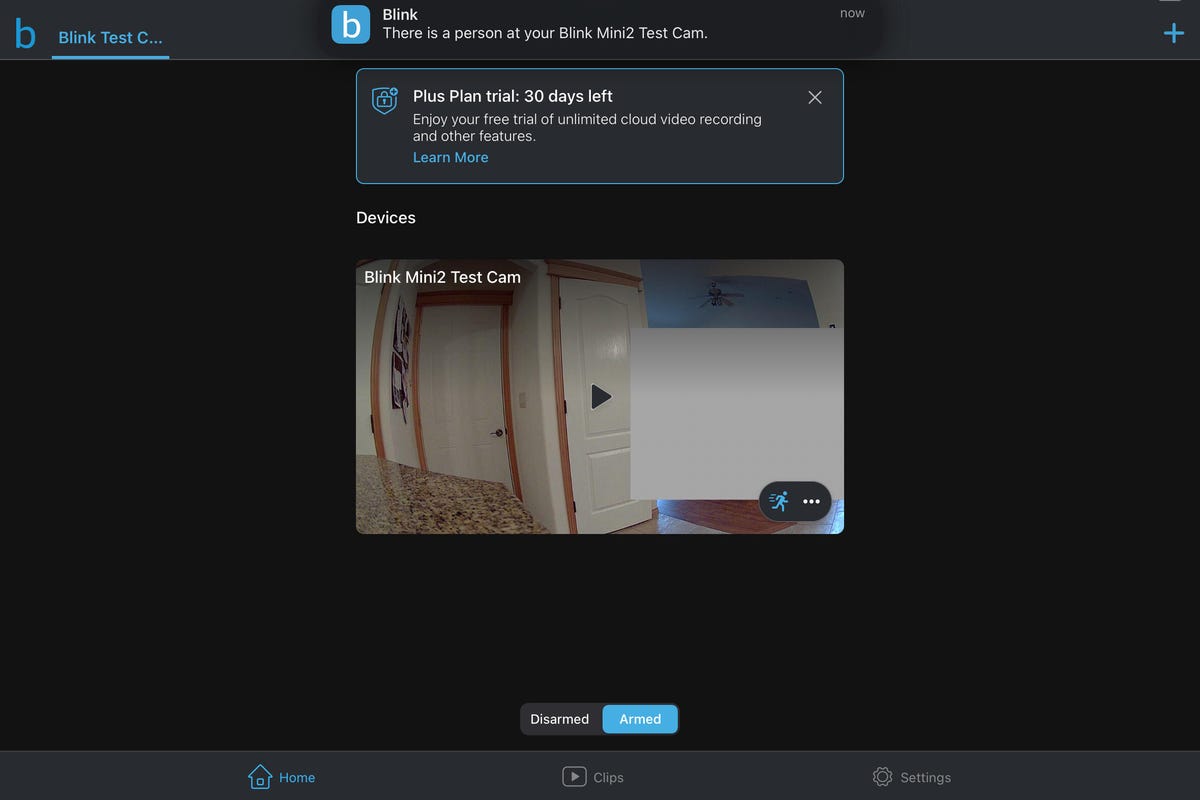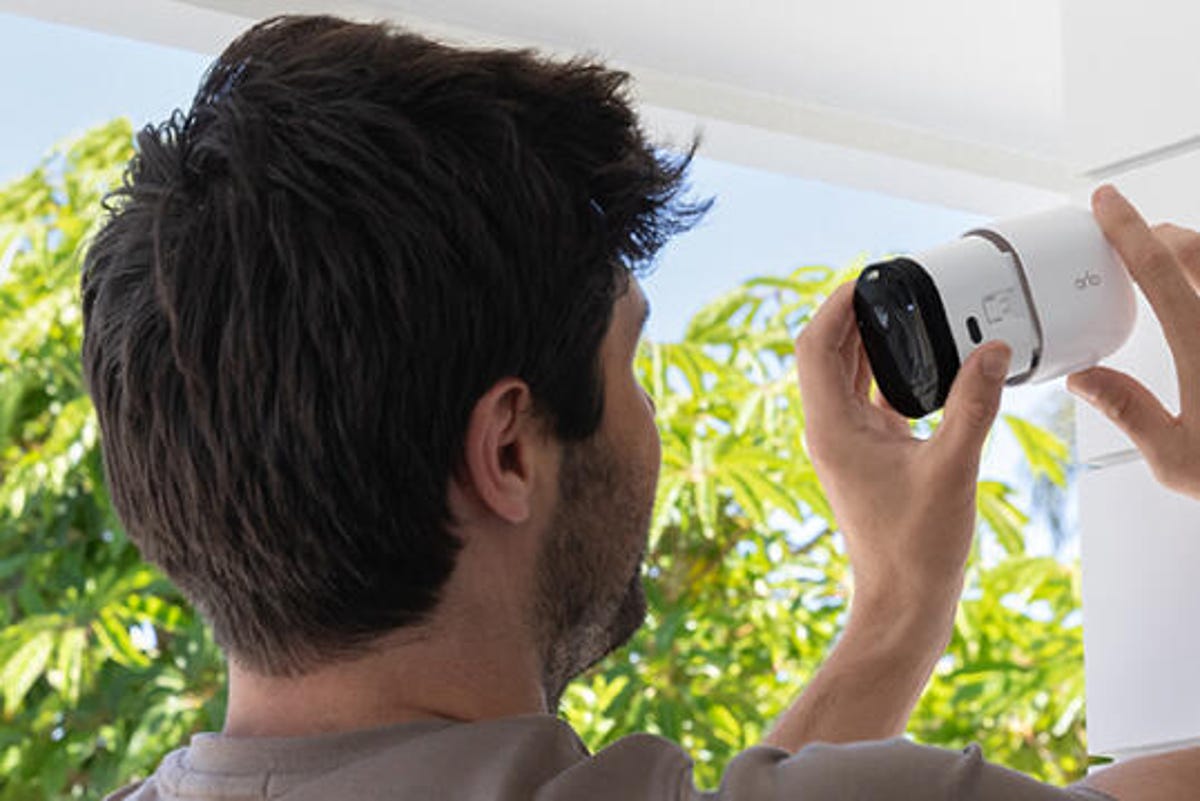Smart home security pairs perfectly with people aging in place, moving to granny pods, settling down in smaller homes and other silver-haired life plans. But there’s a common problem: A lot of our elderly relatives aren’t interested in home security tech. They may have concerns with privacy, how much things will cost or what newfangled apps and systems they’ll have to learn.
That obstinance, while understandable, can create headaches for kids who want to keep their parents safer and have easy ways to drop in for a quick check. Smart home devices can help them contact emergency services if they fall, assuage fears of burglars, recognize fire alarms, let people access doors remotely and plenty more.
First, visit our guide on talking to parents about smart home tech in general. Then let’s make the home security talk even easier with tips on approaching these sometimes-sensitive topics.
Home security can be very affordable
Cost doesn’t have to be a concern with the right devices, even if your parents are in penny-saving mode. Our recommendations for cheap home security cams have options under $30, and that includes key features like motion detection, two-way audio, pan/tilt features and more.

SimpliSafe makes its devices easy to remove and relocate.
Also, don’t let your parents worry too much about subscription fees. Major brands like Tapo from TP-Link, Eufy and Nest offer free local storage or free cloud video without any extra fees. And if a camera subscription does add necessary features like smart alerts or storage, prices tend to start at $3 to $5 per month, not the $50 prices that brands like ADT or Frontpoint advertise. Even with professional home monitoring, you can find services well below $30.
Nobody will be spying out of your cams or speakers
If your parents got scared by internet headlines talking about how employees spied through security cams or a stalker used a security camera to threaten people, you can set them at ease.
First, after embarrassing incidents like these home security companies have spent a lot of work updating their encryption and policies so that kind of security breach can’t happen. And if we don’t think a brand’s security is up to par or if they’ve had concerning vulnerabilities recently, we pull our recommendations for that brand until things have turned around.
Second, home security hacking is something of an urban myth. It can happen with a lot of work, expensive tech and poor password management, but no burglar is doing that, and once again security companies work to prevent it. Even simpler fears like using Wi-Fi jammers to cut home security is more about sensational headlines than any immediate concern.

Ring cams work very well with Echo Shows.
You can contact friends and family at a moment’s notice
One thing aging relatives commonly struggle with is a feeling of loneliness and disconnection. It’s helpful to emphasize that smart home technology and home security can help them maintain friendship and minimize loneliness. That can be something as simple as a drop-in from an Echo device from a friend who has the Alexa app or the ability to call up a child with a simple voice command and hold a quick conversation, no phones needed.
On the security front, smart locks allow users to set special guest passes or share codes so that close friends can stop by any time they want. Smart displays that can show outdoor cam views of nearby wildlife can just as easily switch to a video call with a grandchild.
All these features offer many restrictions so that only specific people are granted the ability to make contact, increasing privacy while staying in touch with loved ones.

Nanny cams specialize in keeping an eye on your loved ones.
Home security devices are surprisingly easy to learn
The learning curve is a big issue for elderly relatives who may not be used to a lot of smart technology. That’s even more true with home security devices like smart locks or doorbells, which come with a lot of settings to understand and adjust to get the best results.
When possible, we prefer encouraging people to learn the apps themselves when setting up a device so they don’t have to rely on anyone else for them. My parents, for example, had little trouble learning how to set up a Ring Stick Up Cam Pro, one of the most feature-filled cams currently available. They had to adjust their Wi-Fi and spend some time finding settings they liked, but it wasn’t challenging.
And even if your relatives aren’t quite as patient and tech-inclined, apps include careful walk-through instructions to set up the most important features step by step, and settings menus have become clearer — the latest Blink cam, for example, has a very intuitive, speedy app.

Blink’s person detection in action.
The other advantage is that once settings are finished, they can automate most of the work. Users can set motion detection to only detect what they want to know about and avoid certain areas or things (like vehicles). Motion activation settings also let you choose what alerts you want to get, what they should say and what the camera should do (such as turn on a spotlight, etc.).
Even video management is easy once you choose an app storage option, particularly when combined with a tablet that’s often friendlier for elderly fingers.
Home security helps with forgotten details
Home security excels at fixing memory flubs around the house. Forgot to close or lock your front door after a walk? Your smart lock will let you know it’s open, or even lock it for you. Forget to close the garage door? Smart garage door openers will handle it for you. Leave a fence gate open? Your cam will let you know if anyone wanders inside. A listening cam or smart speaker can even provide alerts if they hear alarms go off in another room or glass shattering. These are excellent solutions for people who are worried about being forgetful at home (or who deal with poor hearing).
You don’t have to answer the door to strangers anymore
Do your older kin complain about answering the door to strangers or seeing suspicious strangers in the neighborhood? It’s not uncommon. One noteworthy advantage of video doorbells is that owners can get all the updates they want about what’s happening at the front door without getting up from their chair. They can also activate two-way audio or compose quick replies rather than answer the door to a stranger.

SimpliSafe offers easy AI profiles now.
And thanks to the object recognition that most doorbells offer, elderly relative will know when packages appear, when it’s a human walking down the street with a dog and when that weird noise was…just a weird noise. Pay a little extra and doorbells can even offer familiar face recognition for family and friends.
Home security is ideal for many kinds of emergencies
Along with alerts, home security devices provide options to immediately call fire departments, police or other responders (look for 24/7 assistance plans). That can be particularly comforting to the older folk who may be worried about a fall, medical event or a sudden fire. It’s even better when combined with a compatible emergency panic button to carry around, which so many smart home security systems support.
And, finally: ‘I can take care of the details if you need me to’

Arlo’s compact cams also make a great bundled discount.
It’s not our first choice, but you can always promise to set up and arrange home security management yourself. There are advantages to this approach: You receive customized alerts on your own phone so you always know what’s going on, and you can make sure that devices are always plugged in, updated and connected to Wi-Fi properly. In return, elderly parents receive many other benefits of home security, and can use codes, arm/disarm hubs or digital passes as they wish.
Remember, home security adoption is a work in progress for elderly relatives. Plan on spending several sessions convincing them, helping them set up new devices and encouraging them to use them. Accept that some devices things just don’t click with certain older users — horses to water, etc.
Finally, helping your parents adopt home security technology works best when you fully understand your options. Stop by our recommendations for the best home security systems, as well as the top DIY systems, and review tips to deter burglars plus the spots to never put a security camera once your parents finally agree.





















+ There are no comments
Add yours